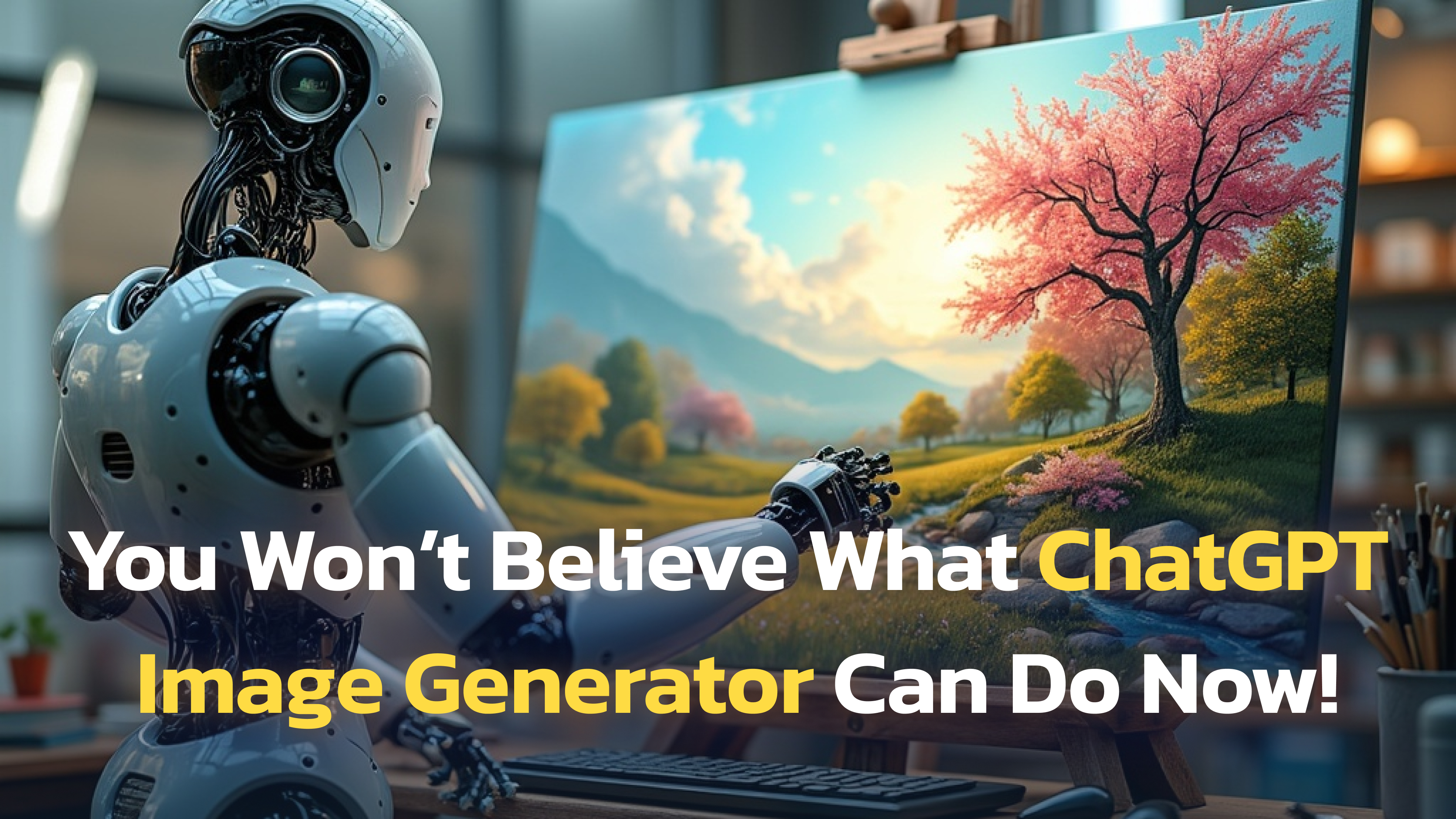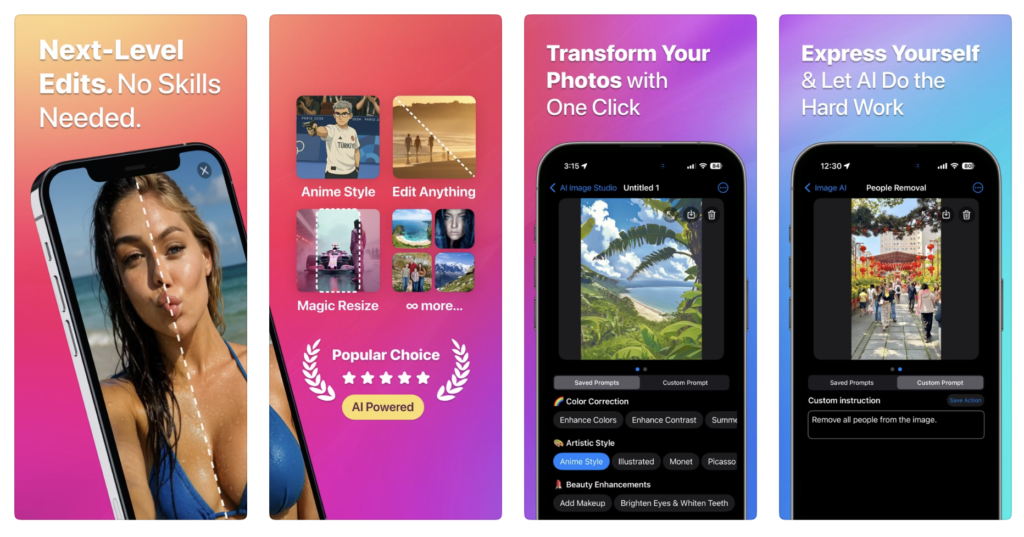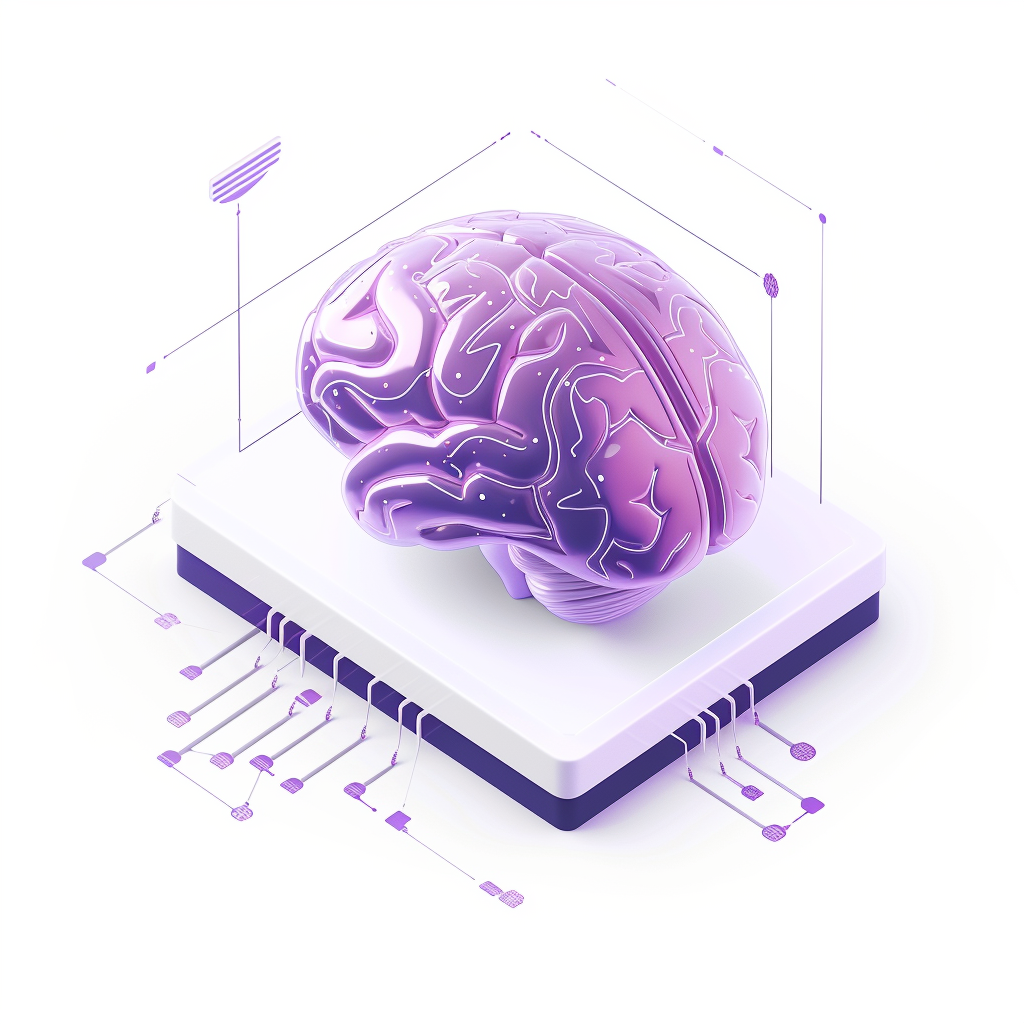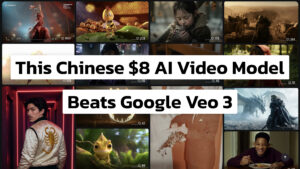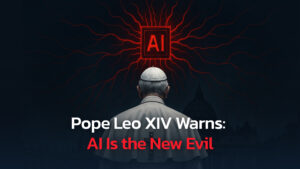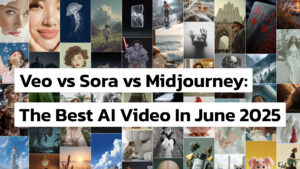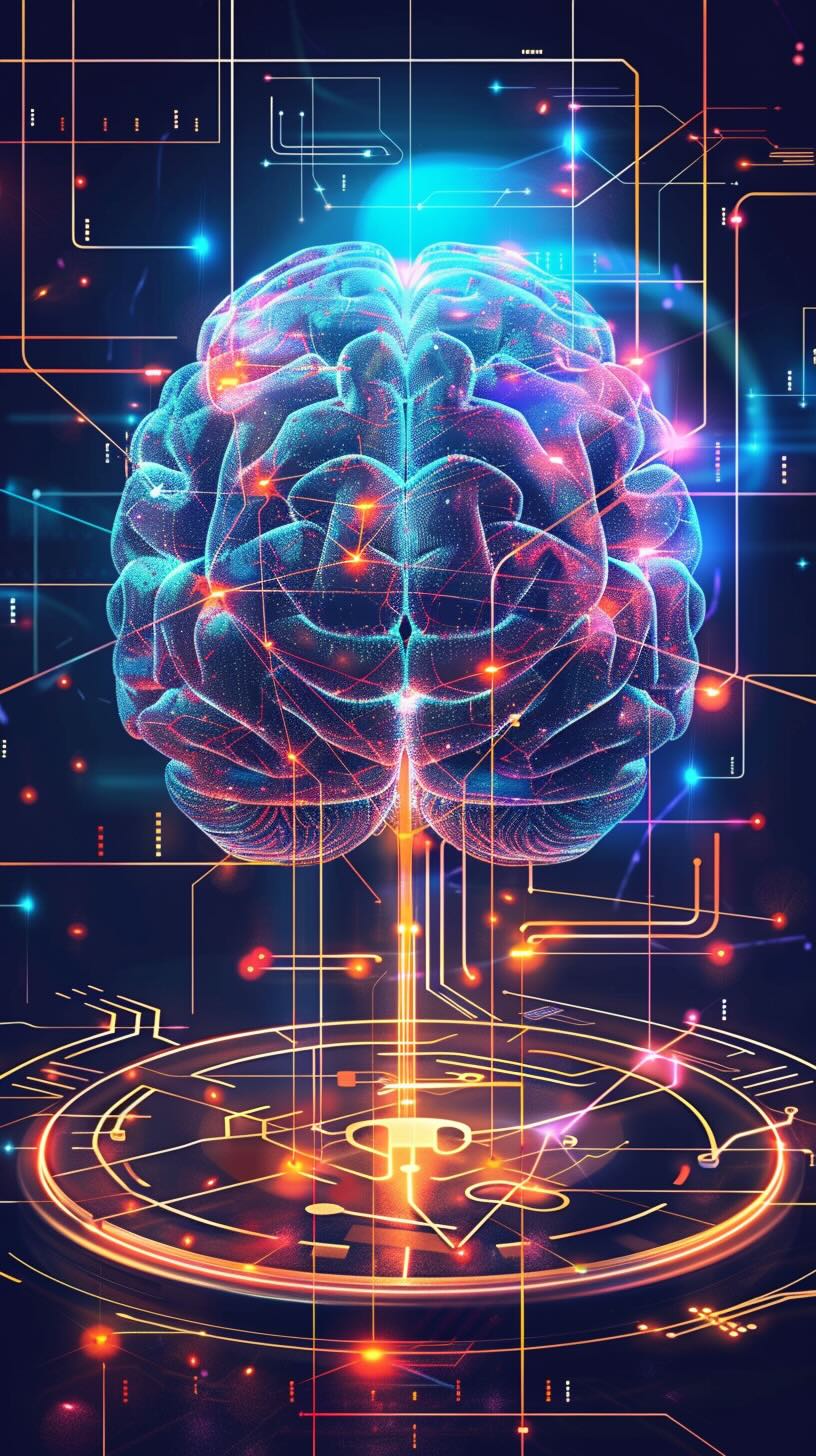OpenAI unveiled a major update yesterday, integrating native image generation directly into ChatGPT. Announced by CEO Sam Altman on X (Twitter), this new feature lets users create detailed, high-quality images simply by chatting. Within hours, the tweet attracted nearly two million views, highlighting just how much anticipation surrounded this update.
4o image generation has arrived.
- OpenAI (@OpenAI) March 25, 2025
It's beginning to roll out today in ChatGPT and Sora to all Plus, Pro, Team, and Free users. pic.twitter.com/pFXDzKhh2t
While previous versions, like DALL-E 3, required users to jump between different tools, ChatGPT now seamlessly blends text-based conversations with powerful visual content generation. This makes it easier than ever to produce everything from professional-grade infographics to creative personal art—all within the familiar chat interface.
This integration marks an important turning point for generative AI. But how does this new ChatGPT image generator stack up against competitors, and why should you care? Let’s break down what this means for users and industries alike.

What’s Changing?
OpenAI’s latest update integrates image generation directly into ChatGPT, a major leap forward from the previous DALL-E 3 system. Instead of juggling between separate tools, users can now generate images and refine them seamlessly in the same conversational thread. Here are some of the standout features:
- Integrated Functionality: ChatGPT now supports detailed image creation and editing, allowing users to generate visuals with precise text placement and stylistic control.
- High-Quality Output: Early tests have shown that the new image generator produces photorealistic results with impressive detail and accurate text rendering.
- Broad Accessibility: The update is rolling out to all users—Plus, Pro, Team, and even Free tiers—making these advanced tools accessible to everyone.
Altman noted that the new system is a “new high-water mark for creative freedom,” emphasizing that while it will empower users to create amazing artwork, it also comes with safeguards to minimize offensive outputs. With this balance, OpenAI is setting the stage for unprecedented creativity in the AI space.
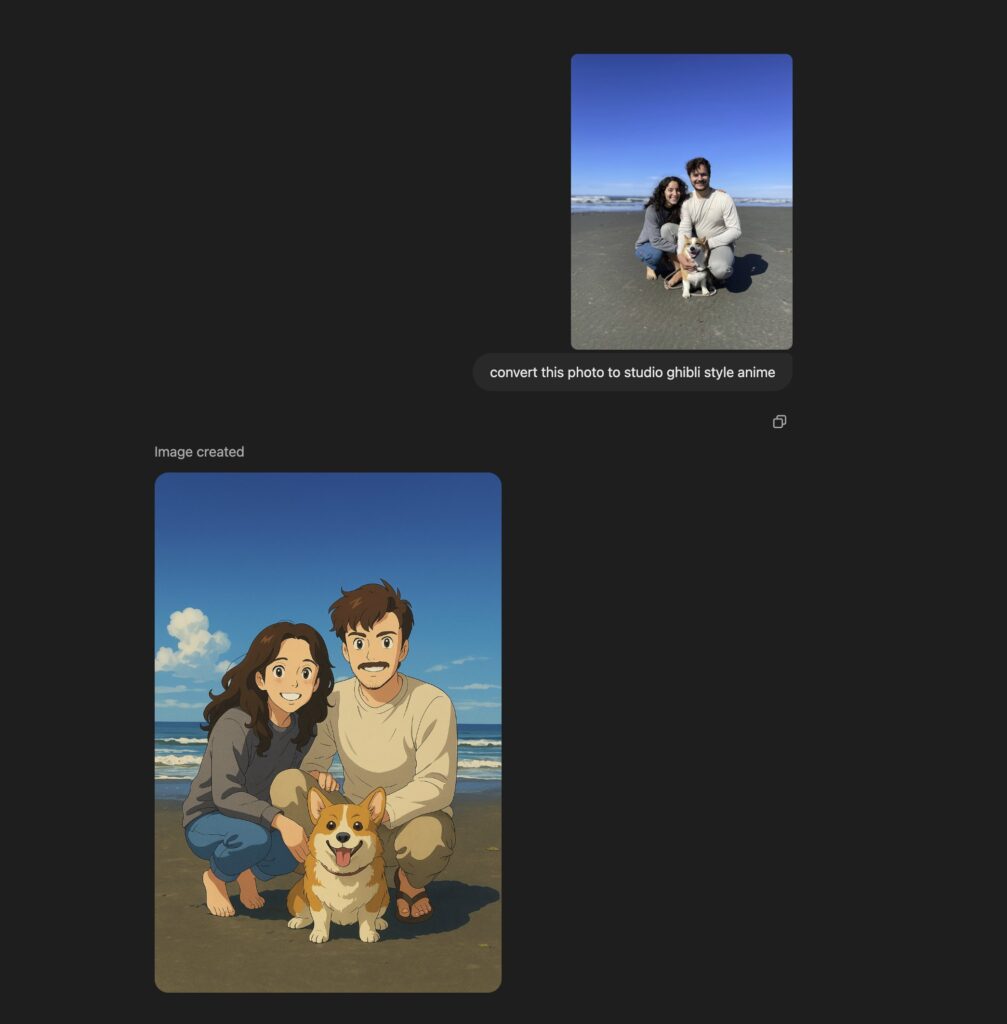
Under the Hood of GPT‑4o
At the core of this update is GPT‑4o, an all-in-one model that seamlessly blends text, image, and even voice capabilities. Unlike its predecessor, DALL-E 3, GPT‑4o was trained on both text and image data simultaneously, which results in a more coherent understanding of how visuals and language interconnect.
- Precision in Multi-Object Rendering: The new model can handle up to 10-20 distinct objects in a single image without losing context—a feat previous models struggled with.
- Improved Text Integration: One of the most impressive breakthroughs is the ability to embed and render text within images accurately. This opens up opportunities for generating everything from menus to infographics with flawless text.
- Unified Multimodal Learning: By merging image generation with text and code generation, GPT‑4o leverages a unified training approach that makes it smarter and more context-aware than ever before.
These enhancements are not just incremental; they represent a fundamental rethinking of how AI can merge different media types to create more dynamic and useful outputs.
How is this even real?
— tobi lutke (@tobi) March 26, 2025
OpenAI cooked pic.twitter.com/RfRJhv8uFb
Comparison to Competitors
With native image generation now directly integrated into ChatGPT, competitors are facing stronger pressure to keep up. Here’s how OpenAI’s latest update compares with some of the biggest players in the AI image generation space:
DALL-E 3
OpenAI’s previous model, DALL-E 3, was already integrated directly within ChatGPT, allowing users to generate and edit images within a chat-based interface. However, its output was less photorealistic, struggled with accurately rendering text within images, and often produced inconsistencies when dealing with detailed prompts or complex graphics. GPT-4o significantly improves upon these limitations, delivering more realistic visuals, precise text placement, and better handling of detailed graphics—making it far more practical for professional and creative use cases.
Midjourney
Midjourney is popular among artists for its distinct, creative style. However, its Discord-based platform can feel cumbersome, especially for users who prefer streamlined workflows or professional-grade results. ChatGPT’s new update is simpler to use, better suited for iterative refinements, and accessible directly through a user-friendly chat interface—making it more practical for a broader range of users.
Grok 3 & Flux
Grok 3 und Flux have made significant strides in generative imagery, but they often struggle with handling complex prompts or maintaining precise object placement. GPT-4o addresses these weaknesses head-on, offering improved multi-object rendering and accurate text integration within images. This gives users more reliable outputs, especially when precision matters most.
The bottom line: OpenAI’s GPT-4o image generator already has a clear edge, thanks to its seamless integration, greater accuracy, and ease of use. Early reactions from the tech community reflect this advantage clearly, setting a high bar for competitors to match.
Say Goodbye to Complicated Photo Editing
Ghiblify your photo with AI Image Studio. This easy-to-use app helps you create stunning images in seconds, perfect for social media or personal projects. You’ll never run out of inspiration for your next post!
Real-World Applications
This update isn’t just for tech geeks—it’s a tool with real-world impact across multiple industries.
ChatGPT’s upgraded image generation can dramatically streamline design and branding tasks. If you’re a designer or marketer, creating logos, promotional posters, or entire brand identities becomes effortless. The tool accurately blends text into visuals, giving you polished, professional graphics without leaving the chat interface.
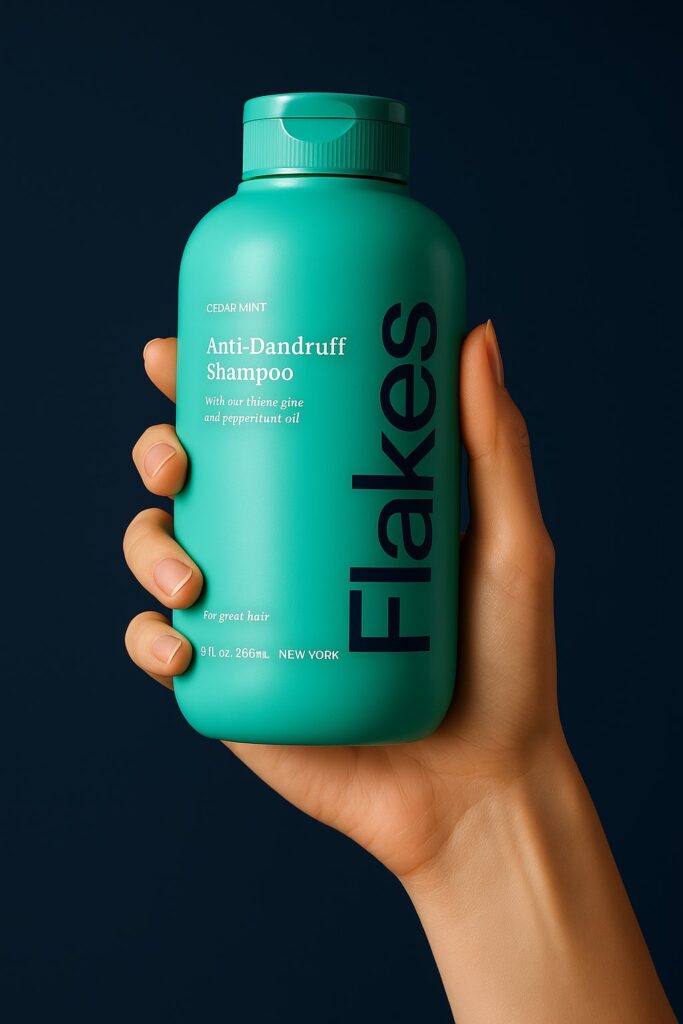
For educators and professionals, the new feature is a game changer in education and visualization. You can quickly generate infographics, scientific diagrams, or explanatory images directly within ChatGPT. This ease of use transforms how complex information can be presented visually, improving understanding and engagement.
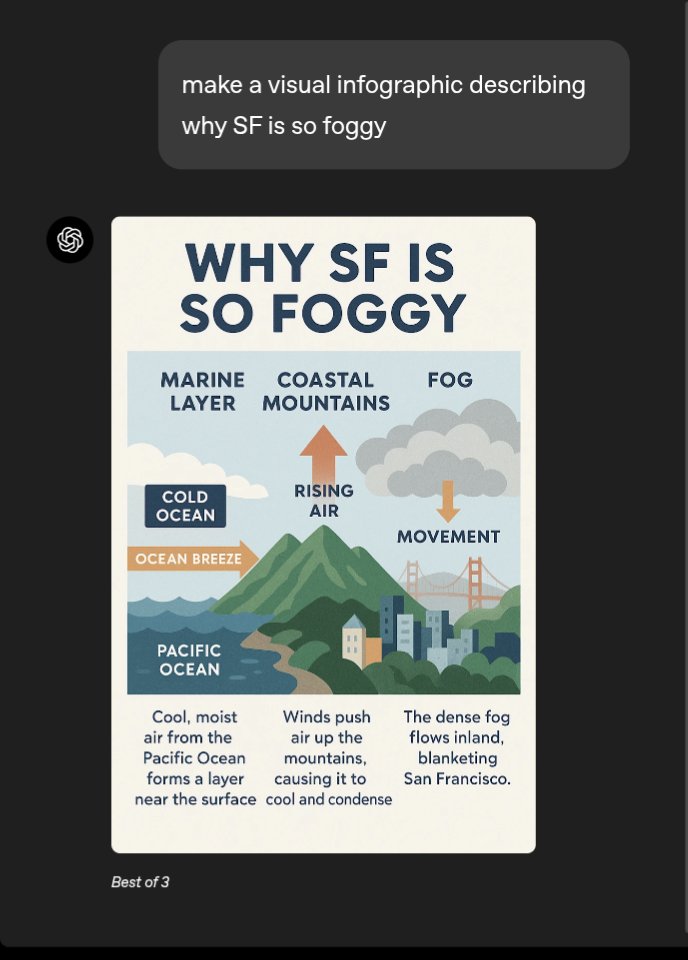
In game development, maintaining consistency of characters, environments, and game assets is critical. ChatGPT now simplifies this process by allowing developers to refine designs conversationally. This iterative feedback loop ensures detailed assets remain coherent throughout various development stages.
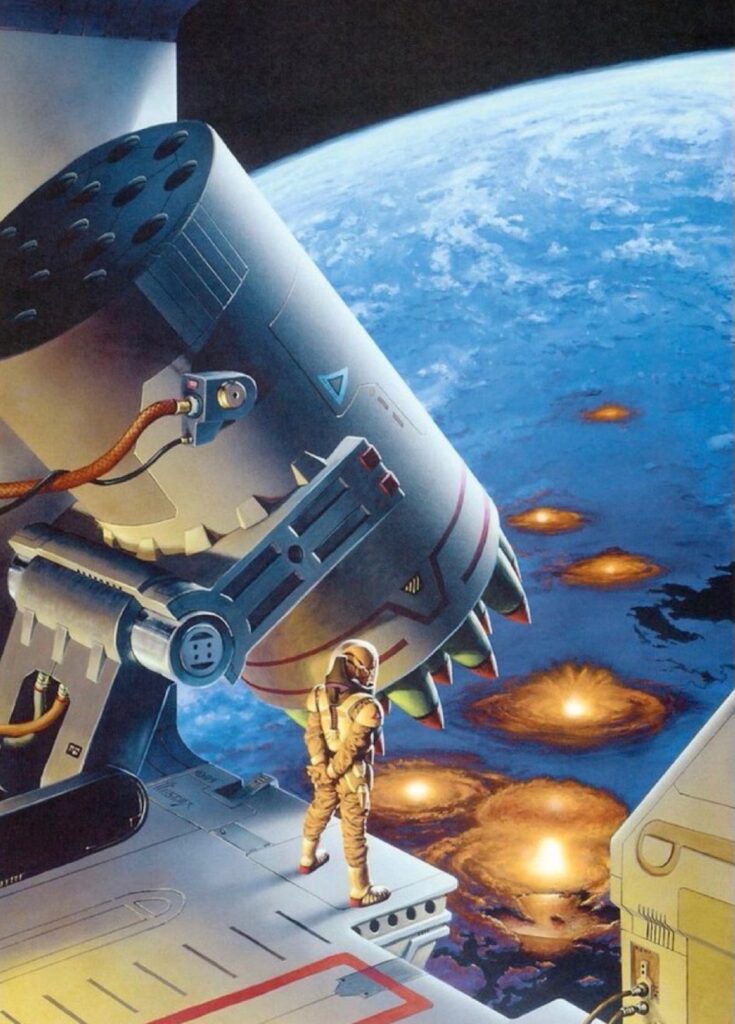
Endlich, marketing and social media teams can instantly elevate their content creation process. Whether you’re designing eye-catching event invitations, engaging social media posts, or digital ads, ChatGPT’s image generator lets you tweak visuals on the fly. This rapid, interactive workflow helps teams adapt quickly, improving overall campaign effectiveness.
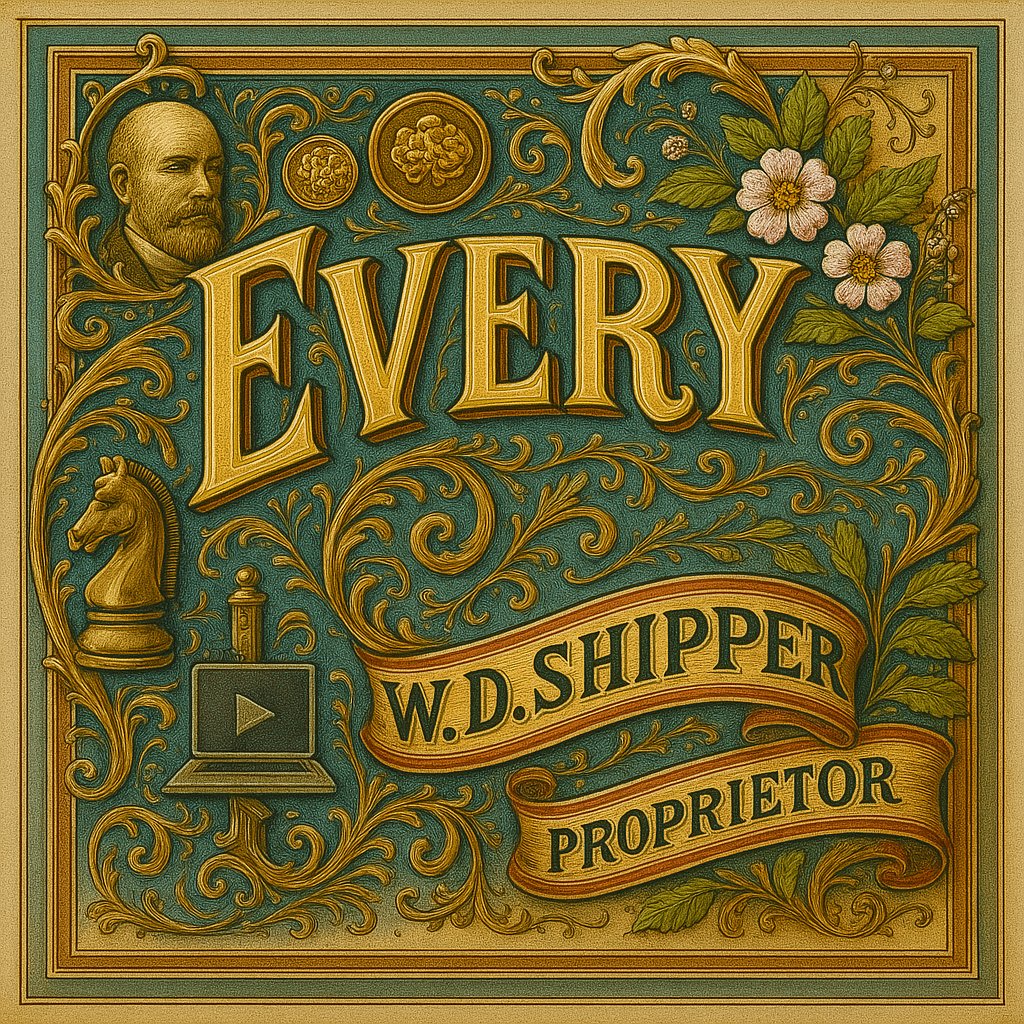
Users can now refine images through follow-up conversations, ensuring that the final output is exactly what they envisioned. This interactive, iterative process is a game changer for creative industries.
In Conclusion
While the launch of GPT‑4o’s image generation capabilities is undeniably impressive, it also raises important questions about the future of AI and creative control. OpenAI is already monitoring how users interact with this new tool and is committed to refining it based on real-world feedback.
Some critics have pointed out potential limitations—like occasional cropping issues or the challenge of rendering non-Latin scripts—but OpenAI has promised continuous improvements. As the model evolves, it could potentially redefine creative processes across the board.
OpenAI’s latest update isn’t just another feature rollout—it’s a seismic shift in the way we think about AI-generated content. With native image generation built into ChatGPT, the barriers between text and visuals are crumbling, paving the way for a future where creative freedom meets unparalleled precision.
If you’re a designer, marketer, or creative professional, now is the time to dive in and explore what GPT‑4o can do for you. And for those still clinging to older models like DALL-E 3 or competing platforms like Midjourney, the writing is on the wall: the game has changed, and the new era of multimodal AI is here.
Stay tuned for more updates as OpenAI continues to push the boundaries of what AI can achieve. The future of creative technology is now—and it’s nothing short of revolutionary.

